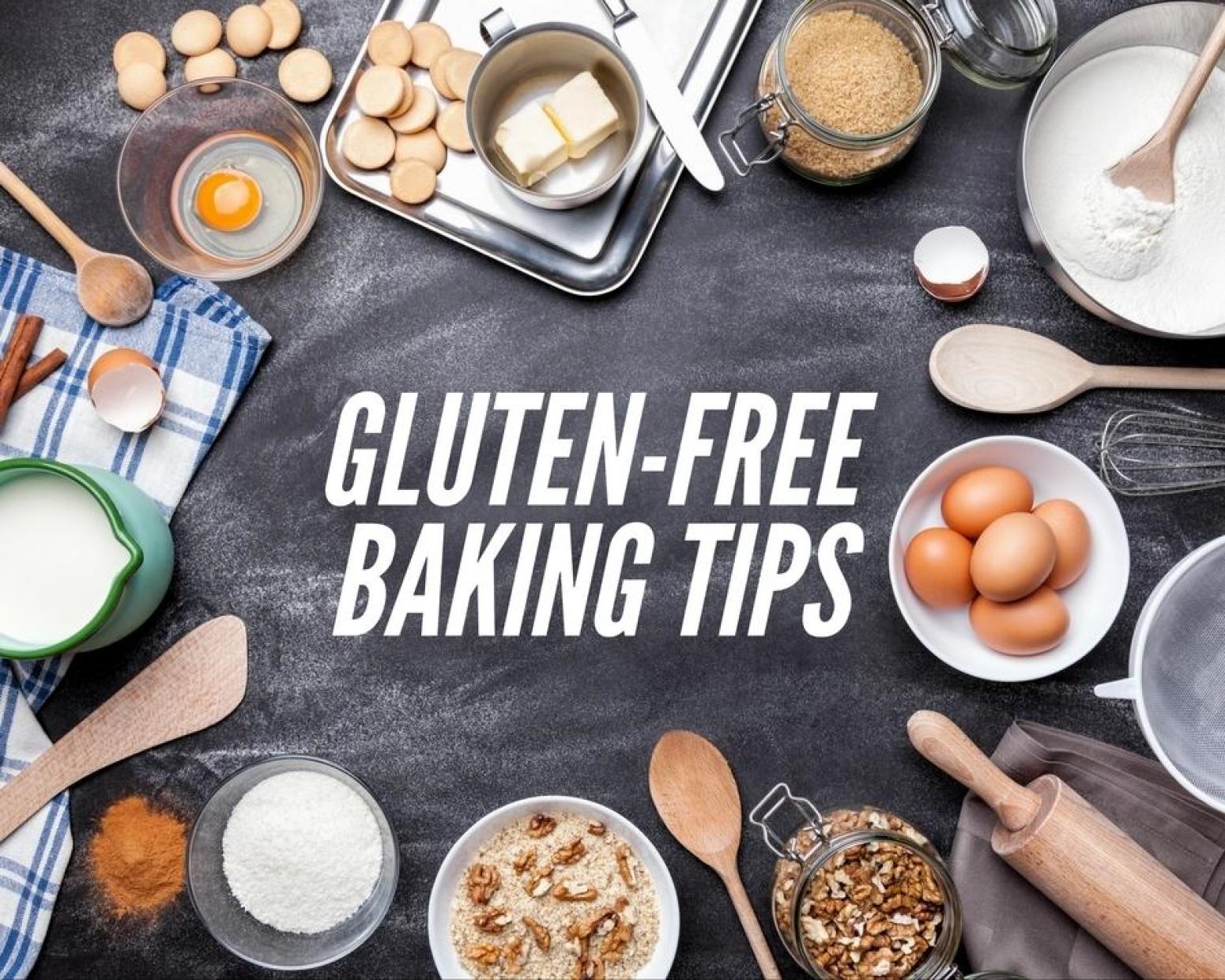When it comes to gluten-free baking, your first attempt might feel kind of like you stepped into a foreign country. At first, it may seem that there are a million options for flour types and by the time you are done reading them all you will feel like you’ve learned another language.
The fact about gluten-free baking is that it takes a great deal of practice. The best way to learn is to start cooking recipes and getting familiar with how they are set up. Ingredient combinations vary widely depending on what type of flour you are using and texture you are looking for. The more recipes you try the more sense it will make and before long you’ll be freestyling it like the master baker you are!
General tips for getting started:
- Most flours will need to be blended.
- Don’t expect the cooking process to be similar at all.
- Find gluten free blends that produce your desired results.
- Find one new gluten free flour at a time, integrate more as you feel comfortable.
All-Purpose Flours
All-purpose flour is generally best replaced with gluten free 1:1 flour blends which are intended to recreate the chemistry make up of all-purpose flour. In general, it takes some trial and error to find the brand that you like the best. Each one has a slightly different formulation and will produce slightly different results. This is why so many bloggers specifically name the gluten free flour blend they used, versus just saying gluten free 1:1 flour substitution. You may need a little less oil (around ¼ cup) and more eggs.
Gluten Free Whole Grain Flours
Whole Grain Flours such as oat flour, brown rice flour, sorghum flour, millet flour, amaranth flour, teff flour, buckwheat flour, and quinoa flour can be substituted for whole wheat flour. Again, blends are best and some may have a higher protein content. They will most often need to be mixed with a plain starch (such as cassava flour).
Bean Flours
Bean flours can be used in part of your gluten free flour mix. They have higher protein and fiber content, though, so they should be less than 25% of the overall blend. They make excellent thickeners in place of cream for soups, stews, and dips. Bean flours can also be used to make quick baked goods such as tortillas.
Almond/Nut Flours
The high-fat content in these flours makes them unlike any other type of flour. The high-fat content of the flour calls for less oil in the recipe, and sometimes more eggs.
Coconut Flour
The most important thing you need to know about coconut flour is that it is super absorbent but doesn’t hold together well. This means you will need to add more liquid and eggs. Coconut flour is one you play with on its own, it doesn’t really work as a substitute for any other type of flour.
Remember, practice, practice, practice and you will get the hang of it! Don’t be afraid to fail, that is how humans learn best. Figure out what you did wrong, join chat rooms and ask. Once you get the hang of it, you will discover a greater degree of freedom in your baking adventures!
